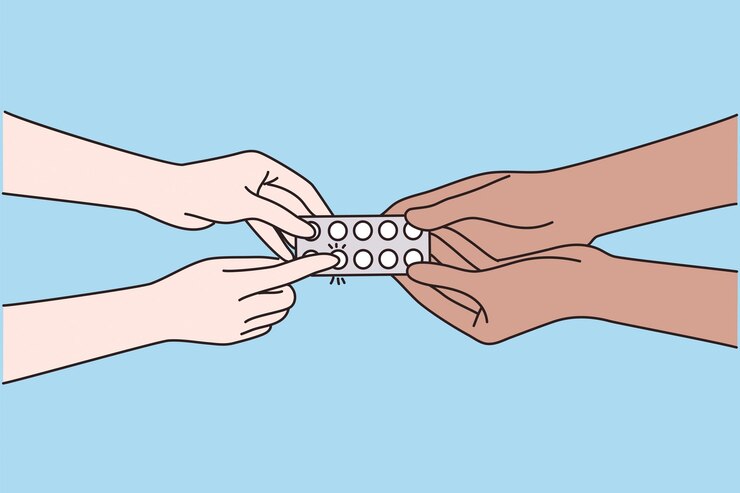The Homeowner’s Handbook to Install a Garage Door
Installing a garage door is a significant home improvement project that can enhance your property’s security, aesthetic appeal, and value. Whether you’re replacing an old door or installing one for the first time, the process can seem daunting. However, with the right tools, instructions, and safety precautions, most homeowners can undertake this project successfully. This handbook will guide you through the essential steps, considerations, and tips to install a garage door efficiently and safely.
Understanding the Basics
Before diving into the installation process, it’s crucial to understand the components of a garage door installation system. These include the door itself, the tracks, rollers, springs, cables, opener, and mounting hardware. Familiarizing yourself with these parts will help you during the installation process.
Pre-Installation Planning
Choosing the Right Door:
Garage doors come in various materials, including wood, steel, aluminum, and fiberglass. Consider factors such as climate, maintenance, and aesthetics when choosing the door material. The door’s insulation properties are also essential for energy efficiency, especially if your garage is attached to your home.
Measuring Your Garage:
Accurate measurements are crucial. Measure the width and height of the door opening, the headroom above the opening, and the backroom (the depth of the garage). These measurements will ensure you select a door that fits perfectly.
Selecting a Garage Door Opener:
If you’re also installing a new opener, choose one that can handle the door’s weight and size. Openers come with different drive mechanisms, such as chain, belt, and screw drives, each with its advantages and suitability.
Installation Process
Preparation:
Before beginning the installation, ensure you have all the necessary tools and equipment. Clear the garage area to have ample workspace and organize the parts and tools for easy access.
Installing the Tracks and Rollers:
Start by installing the vertical tracks on either side of the door opening, followed by the horizontal and curved tracks. Ensure they are level and aligned according to the manufacturer’s instructions. Attach the rollers to the door sections and then to the track.
Assembling and Installing the Door Sections:
Begin with the bottom section. Install weather stripping if necessary, and attach the cable brackets and hinges. Carefully lift the section into place in the door opening and secure it to the vertical tracks. Repeat this process for each door section, ensuring each is level and securely attached to the previous one.
Installing the Springs and Cables:
Torsion springs and extension springs are the two main types. The installation process varies, so follow the manufacturer’s instructions carefully. Spring installation can be dangerous, so consider hiring a professional if you’re not comfortable with this step.
Attaching the Opener:
If you’re installing a new opener, this is typically done after the door is in place. Follow the opener manufacturer’s instructions carefully. Ensure the opener is aligned correctly and that all safety features, such as auto-reverse mechanisms, are functioning.
Safety Precautions
Spring Safety:
The springs are under high tension and can cause serious injury if improperly handled. Always follow the manufacturer’s instructions and consider wearing safety glasses and gloves.
Ladder Safety:
Use a sturdy ladder and ensure it’s securely positioned before starting work. Never stand on the top rungs.
Electrical Safety:
If your installation involves wiring, ensure you understand basic electrical safety. Turn off the power at the breaker box before starting any electrical work.
Maintenance Tips
After installing your garage door, regular maintenance is essential to ensure its longevity and smooth operation. Lubricate moving parts annually, inspect the door and hardware for signs of wear and damage and test the balance and auto-reverse features regularly.
Conclusion
Installing a garage door can be a rewarding DIY project, significantly improving your home’s functionality and curb appeal. By following this guide, you’ll be equipped with the knowledge and confidence to install your garage door safely and efficiently. Remember, safety comes first, so feel free to seek professional help if you need clarification on any step of the process.
FAQs
Can I install a garage door myself, or should I hire a professional?
Answer: Installing a garage door can be a DIY project if you have the necessary tools, mechanical aptitude, and patience. However, certain aspects, such as handling torsion springs, require a high level of caution and expertise due to the potential for injury. If you’re not confident in your ability to safely complete any part of the installation, hiring a professional is recommended.
How long does it take to install a garage door?
Answer: The time it takes to install a garage door can vary depending on the size of the door, the type of opener, and your level of experience. On average, a DIY installation might take anywhere from 4 to 8 hours. Professional installers, with a team of two, typically can complete the process in about 3 to 5 hours.
What are the most common mistakes to avoid when installing a garage door?
Answer: Common mistakes include not ensuring the tracks are level and aligned, improper installation of the springs (which can be dangerous), and not testing the door’s balance and auto-reverse mechanism after installation. Double-checking each step and following the manufacturer’s instructions can help avoid these errors.
How do I know if my garage door is properly balanced?
Answer: To test the balance of your garage door, disconnect the opener and manually lift the door halfway up. If the door stays in place without assistance, it’s properly balanced. If it falls or rises, the springs need adjustment. Because adjusting springs can be hazardous, consider contacting a professional if your door is unbalanced.
What maintenance should I perform after installing my garage door?
Answer: Regular maintenance should include lubricating the rollers, hinges, and springs with a garage door lubricant annually, checking the door’s balance, tightening loose hardware, and testing the auto-reverse feature of the door opener. Additionally, visually inspect the door and tracks periodically for signs of wear or damage.











